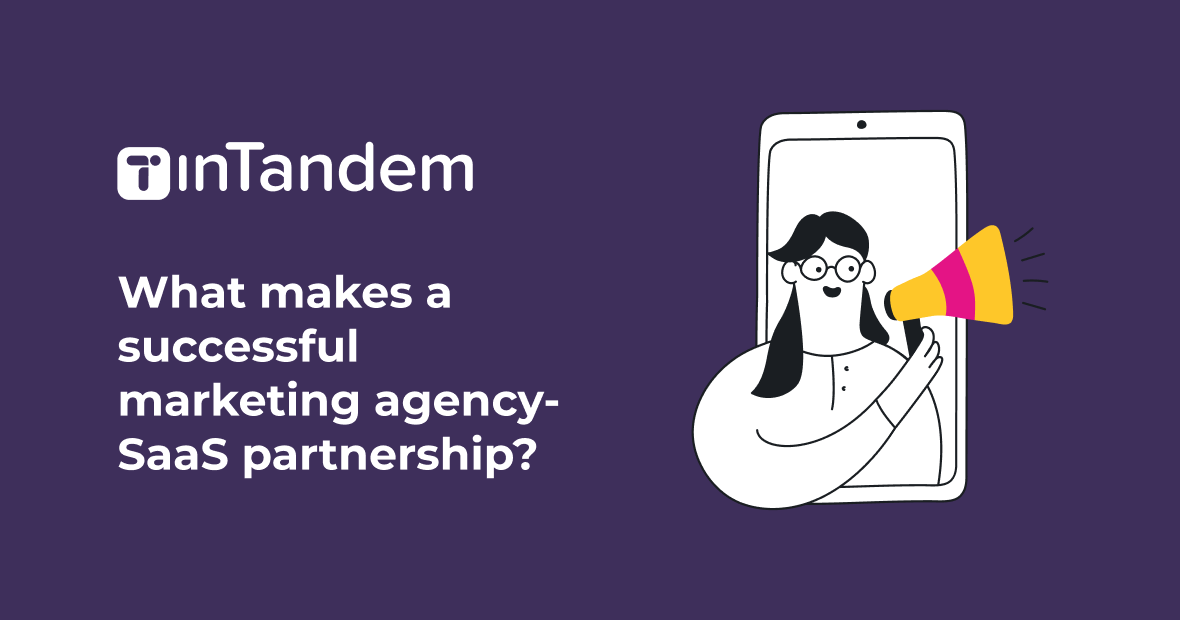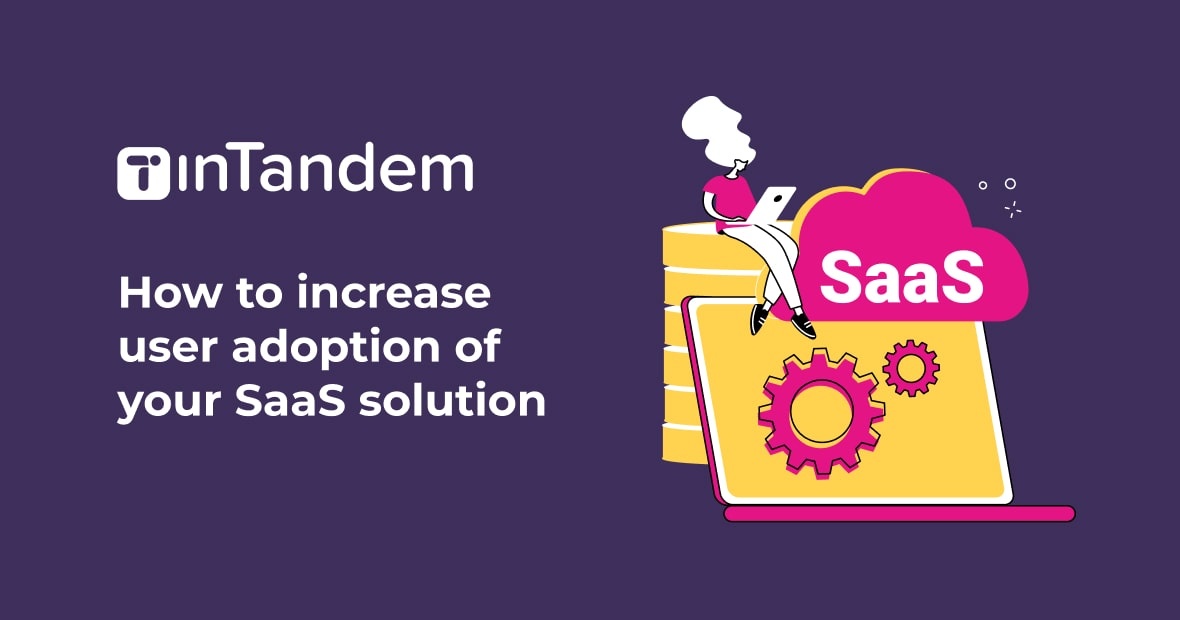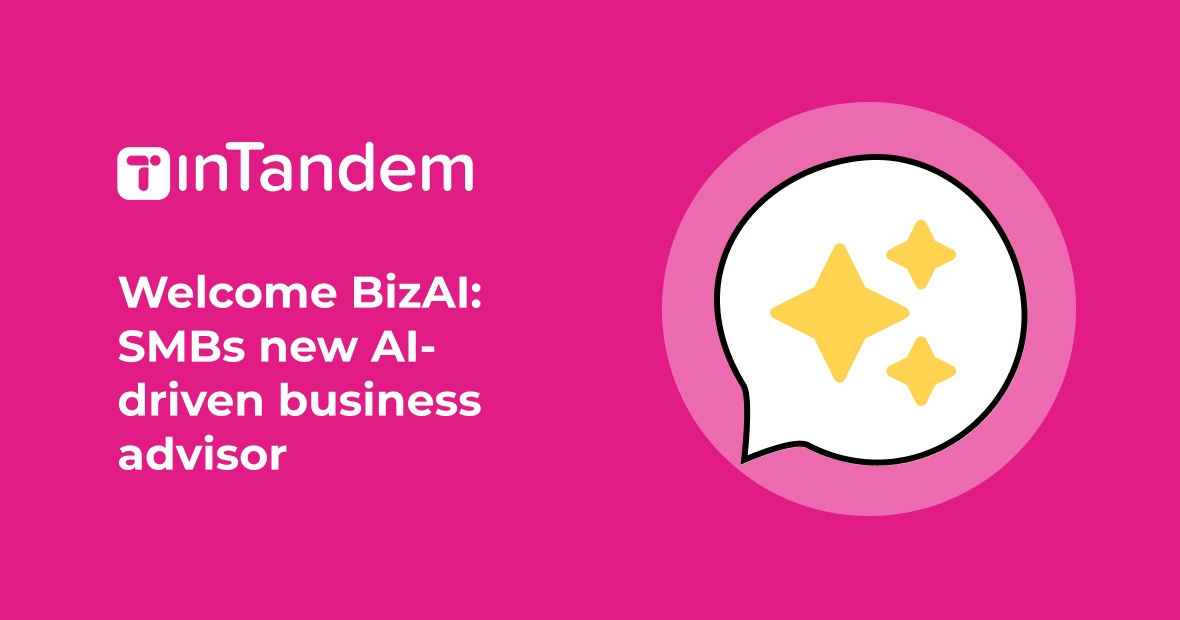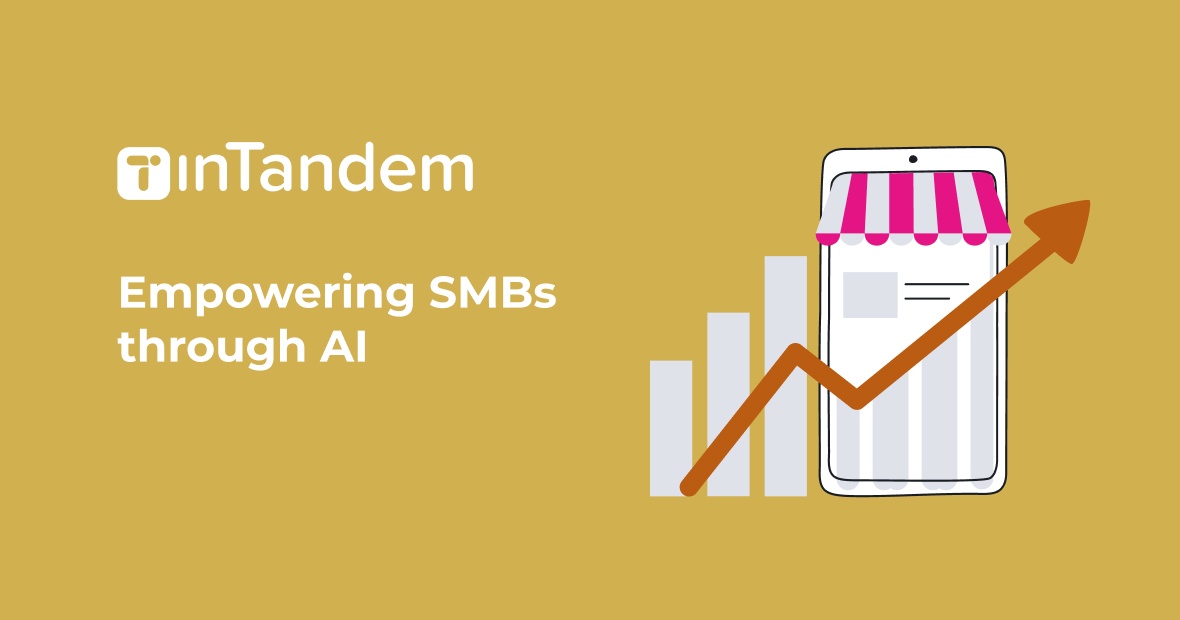A few weeks ago I received a message from someone I haven’t worked with in years.
Neither of us is still working at the company we were at back then, and yet, as soon as I saw the name – I immediately remembered the journey our partnership had taken us on.
The endless negotiations over the contract, the initial launch, the hiccups along the way, the phenomenal success, and most importantly: the incredible sense of trust that was built along the way.
At vcita, partners are the lifeblood of our business. So we spend a great deal of time thinking and learning about the key elements of a trusting partnership between a marketing agency and a SaaS (software as a service) company like ours.
The following are just some of the best practices I have gathered based on over two decades of experience in building successful partnerships.
Though this article focuses on marketing agencies, I believe the lessons and best practices I will share will be useful to any organization embarking on a partnership with a technology company in order to expand its proposition to its customers and target market.
How to cultivate the perfect agency-SaaS tech partnerships
Begin with the end in mind
What does this mean you ask? Well, it means focusing on the outcome you are trying to achieve and ensuring this is the right partnership to get into.
I always encourage our partners to ask themselves questions like:
- Will this solution add true value to your customers?
- Does this product complement yours?
- If needed, how easy will it be to integrate into your system?
- Will it be easy for your customers to use?
- Does this potential partner have trustworthy expertise and experience?
Further to all that, you need your partner to have trusted expertise in the field. They need to be a well-oiled machine that can help you maneuver the waters of this new product or service you’re about to add to your offering. This means they understand your end client, your business needs, and the tech they provide well enough to support you throughout the partnership.
Align on goals for the partnership
When choosing a partner, you should consider whether the partner understands your goals and is willing to work with you toward achieving them. Goals should be achievable, clear, measurable, and trackable.
I once had a partner come in with unrealistic expectations, they wanted too much far too quickly, which was nearly impossible to achieve. This is a problematic starting point as it could set the tone for a shaky partnership. Besides experience and knowledge, your partner should share the responsibility of setting up and agreeing on realistic goals.
On one hand, as a partner, we don’t want to disappoint you, the marketing agency, and put the partnership at risk. On the other hand, if your partner is working with you and setting up realistic goals that drive success, it’s better for everyone.
Establish roles and responsibilities
It is extremely important for a partnership’s success that each party understands what they bring to the table and what is required to make this partnership work.
But it’s also crucial for your SaaS partner to remember that you cannot be expected to do anything from scratch. Your SaaS partner is expected to provide enablement kits with all relevant knowledge to allow your agency to learn quickly: how to market, how to sell, and how to support your end clients.
This is why your agency needs a partner with tried and tested experience that can offer the type of support you need. When establishing roles and responsibilities, you should make sure your partners make it easy for you to get what is needed.
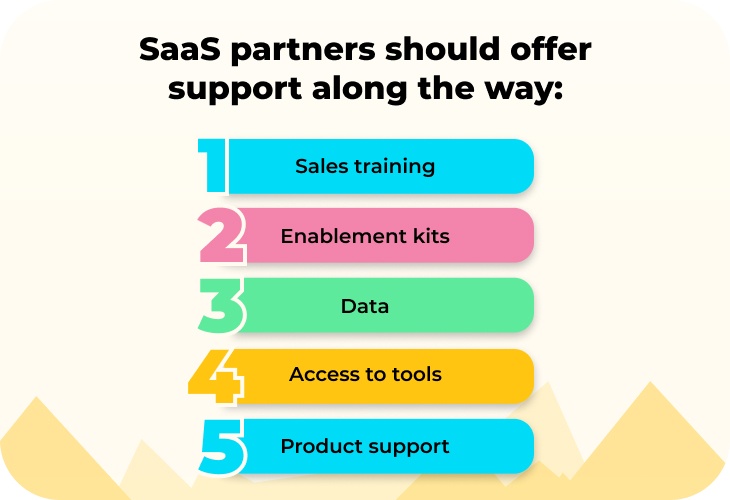
Some services I believe every SaaS company should offer are sales, support, success, and marketing enablement as well as relevant data dashboards. My team focuses first on enabling the partner to become independent and get the relevant knowledge that allows them to drive the expected value.
Set communication expectations
This one might seem obvious, but it is extremely important. In order to establish a strong and successful partnership, you need to pre-define your touch points as well as the content that is included in the touch points.
Make sure that the communication will be aligned with your internal processes. Saas companies that are experienced working mainly with direct customers where they control the entire cycle, might not be familiar with your own internal processes such as release notes, and roadmap prioritization.
For example, I had a situation where the development of a major functionality was ready earlier than expected. The team was very excited about this amazing success and, as the partner success manager was on holiday, took the liberty of adding it to the partner environment waiting to get recognition for the great achievement. This almost killed the partnership as neither the partner nor their clients were ready for this kind of change. The change wasn’t communicated to the relevant stakeholders.
To avoid mishaps like these, you should have monthly meetings with your partner to review upcoming releases and communication methods for release acceptance. I find that this helps prevent a lot of fires and pent up frustrations that may result from a lack of communication.
There is one thing that is important to look out for though. As an agency, ensure that your weekly/monthly/quarterly meetings with the partner are spent adding true value to your organization. Many times I hear SaaS companies bragging about how good their solution is and how well it’s performing with other partners, rather than addressing the unique partnership at hand.
Make the most of your communication with your tech partners and ask them to use this valuable time to share insights on your data, market trends, suggestions for improvement, and solutions to your pressing issues.
Start simple
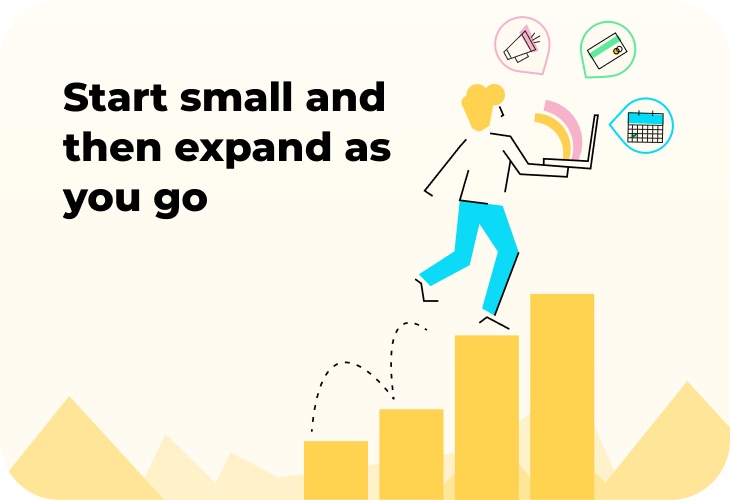
I generally advise partners to start simple and build from there. Start with the out-of-the-box offering and add more services/capabilities over time. Don’t invest too much in advanced customization before you’ve established a solid business case. Learn from this stage by collecting feedback and then improve.
Often, marketing agencies come to us with a long list of integrations, modifications, and customizations they want. While we can make that happen, my advice to them is always to start simple and grow and scale as success comes.
It is better to take the time to learn the product, train your sales teams, and sometimes even run a beta group. We encourage our partners to take launch within 6-8 weeks of signing the partnership agreement, and then work on expansion.
Roadmap transparency
Partners run their own businesses, therefore, they have their own planning. You should expect to be able to review your SaaS partner’s roadmap and make sure it accommodates your needs and expectations in order to achieve your goals.
You can also benefit from becoming a design tech partner. This means you will get early access to new technology and have the opportunity to provide feedback in the early stages of development.
Use data as your guide
When you partner with a SaaS tech provider, make sure you have access to relevant data that outlines your customers’ usage of the technology. You need the data to be reliable, accurate, and conducive to your end goal.
The data should show you whether the partnership is bringing you closer to achieving your business goals. Whether you are trying to increase ARPA, decrease churn rates, or improve efficiency, you want to make sure your partner can help you connect the dots between your joint activity and your business goals.
The data is crucial in order to help you make smarter data-driven decisions to continuously optimize your efforts.
Start building successful partnerships
Partnerships are based on people and trust more than products and services. In order to create a strong, successful, and sustainable partnership, you should expect your SaaS partner to align, communicate often, and be transparent. Your goals should be at the forefront of the partnership, and you should be able to establish a sound plan for how to achieve those goals with your partner’s support.
Your SaaS partner, on the other hand, needs to have the expertise and experience necessary, and supply you with all the resources and tools for success.
Embarking on a SaaS tech partnership is exciting and brings with it a lot of rewards when done right. You can benefit from access to advanced technology that comes with relevant expertise and support, increase efficiency and productivity, and gain a competitive advantage by leveraging the latest SaaS technology and tools. If you start your partnership on the right foot, you set the tone for a fruitful joint venture. Follow the tips I highlighted in this article and you should be well on your way to a trusting and long-term relationship with your SaaS partner.
Rinat is the VP of Channel Partnerships at vcita, where she leads a team focused on driving growth and enhancing customer satisfaction with global partners, all in the pursuit of empowering small businesses. With over 15 years of experience, she has a proven track record of driving revenue growth and building successful partner ecosystems. Rinat possesses a deep understanding of developing and strengthening partnerships and improving customer experiences across multiple touchpoints. Her guiding principle is to promote a partner and customer-centric culture by consistently delivering proven value, and building strong partnerships that enable partners to provide a comprehensive solution that addresses the unique needs of their customers.
vcita partners with leading organizations that serve SMBs to propel forward a joint vision of empowering SMB digital transformation. To learn more, check out vcita’s partnership program.






















